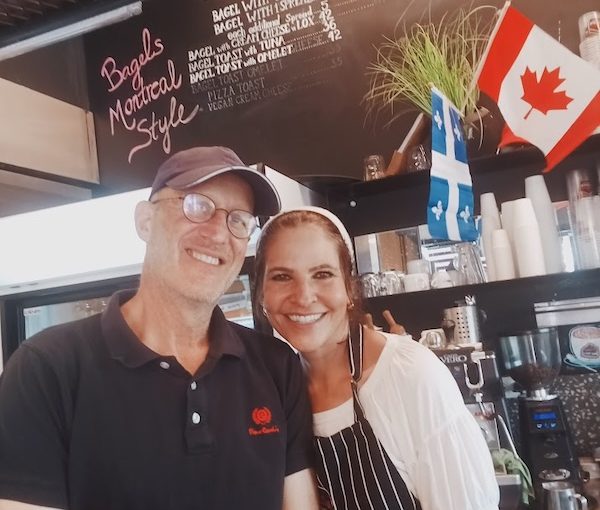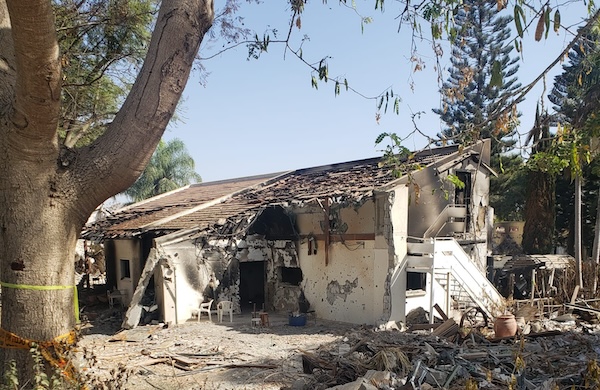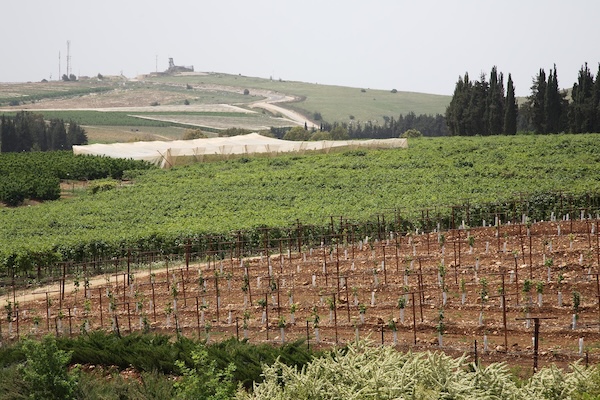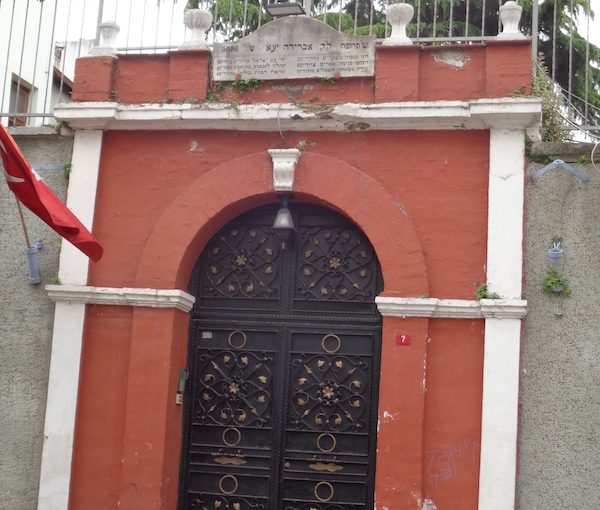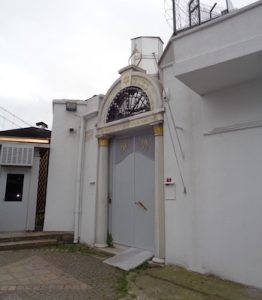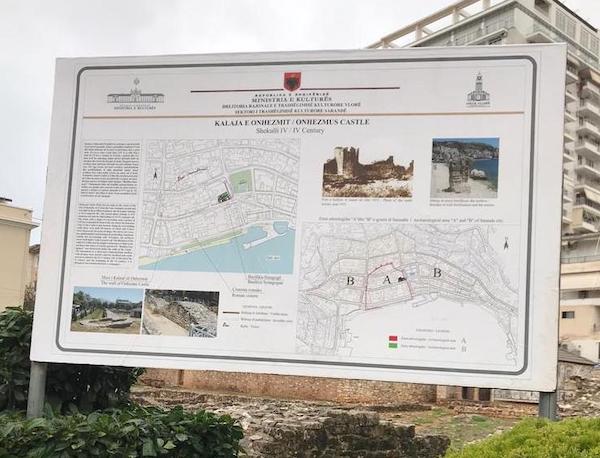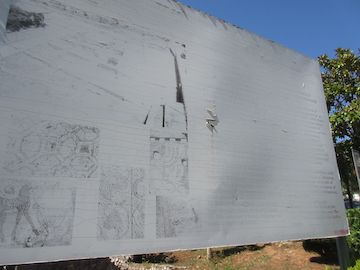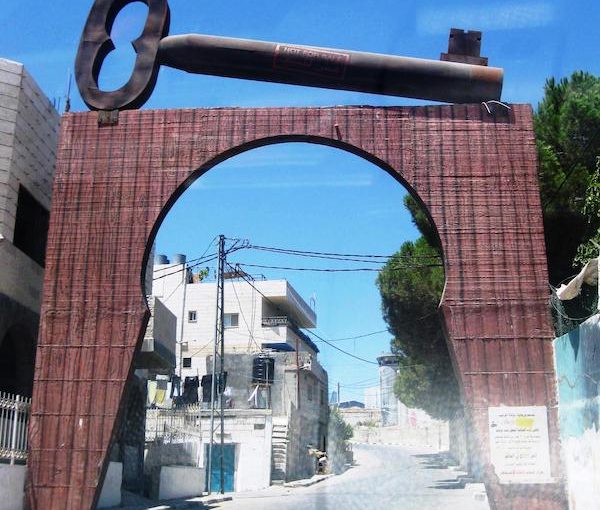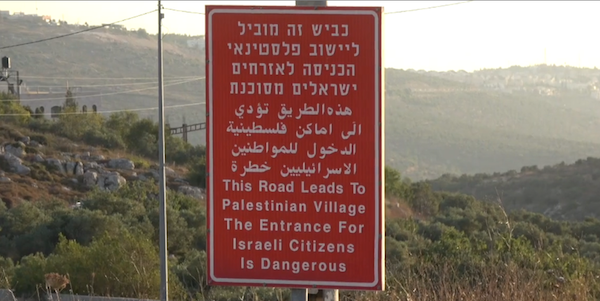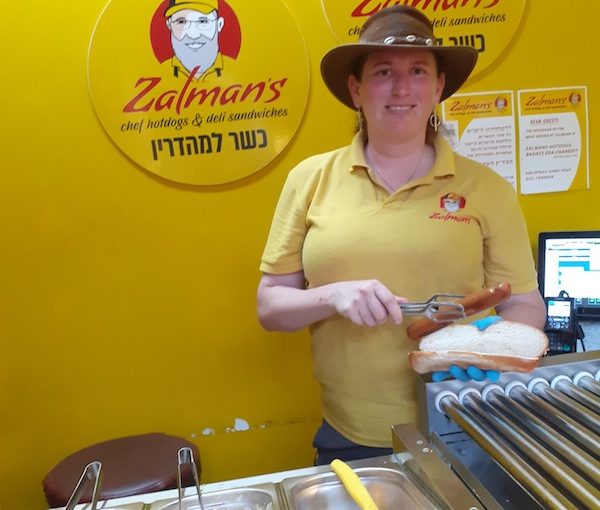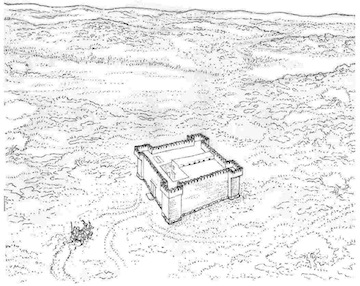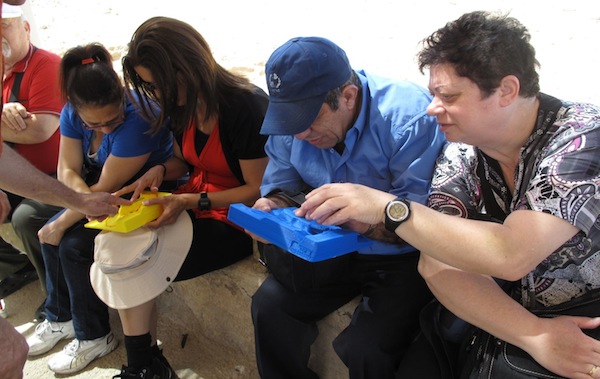Former Montrealers Shmarya and Lainie Richler opened their first Muffin Boutique in Jerusalem in 2014; their second, in 2023. (photo by Adina Horwich)
My interview with Muffin Boutique owners Lainie and Shmarya Richler took place on the afternoon following the US airstrike on Fordow and other Iranian nuclear facilities. It was 2 o’clock on Sunday and the couple took time out from their breathlessly busy schedule to sit with me at their Talpiot location, minutes from Haas Promenade, aka Tayelet Armon Hanetziv, in Jerusalem.
I have been coming to this coffee shop almost every Tuesday afternoon for almost a year. As a participant in the Anglo Women’s group, which was initially supported by the local community centre, we are encouraged to meet and eat. Facilitated by Helena Flusfeder and Rachel Beenstock, we enjoy a hot or cold beverage, salad, bagel with a variety of spreads, a slice of cake or a muffin, good company and laughs. Another of the members is native Montrealer Paula Dubrow, Lainie’s mother.

The café, which has indoor and outdoor seating for about 30 people, was busy, while the rest of the city felt deserted. I introduced myself, sharing my own Montreal experiences as an adolescent from 1969 to 1975. While the younger Richlers used to live in the very Jewish neighbourhoods of Côte Saint-Luc and adjacent Hampstead, I had lived in the suburbs, with a much smaller Jewish presence.
Shmarya hails from the large and prominent Richler family, most famous of whom was his first cousin, author Mordecai Richler. Shmarya’s mother, a survivor from Hungary, immigrated after the Second World War. Lainie’s paternal grandmother was English, as was my paternal grandfather.
We discussed their decision to make aliyah. It was always in the cards, they said, both having been raised in Modern Orthodox and Zionist homes. They studied at Jewish day schools and attended Tifereth Beth David Jerusalem Synagogue in Montreal. As teens, both were active in the Bnei Akiva youth movement, which is where they met and later started dating. Lainie studied and completed a master’s in psychology, while Shmarya majored in commerce. They married and had three children.
In 1995, they moved to Israel, living at first in Beit Shemesh, later and currently, in Efrat. Two more children were born here.
Lainie had intended to work in her field, but, as is wont to happen for immigrants to many countries, ran into the profession’s licensing body demands that, for her credentials to be recognized, she would need to take further studies. Since Lainie was trying to acclimatize to life’s challenges with a newborn, she preferred to shift her focus to that and raising the other children.
She became involved in various exercise classes, giving them at community centres and other venues around Gush Etzion. Nutrition was a subject that had captured her interest, too, so she delved into that, taking a training course and becoming a certified alternative nutrition counselor.
Shmarya worked at first for a foreign company, then at a few Israeli startups, in high-tech, but the sector was continually growing and the jobs became increasingly demanding.
Needing to support a family of five kids, while coping with the everyday adjustments of aliyah, the couple began to wonder what to do. Their vision for retirement had been to run a B & B in the Galil or Golan. They thought, why not bring that idea forward, adapting it to their current situation.
Friends and family were skeptical, saying they were unrealistic, out of their depth; many a naysayer told them it would never work. But Lainie was determined to give it a go. She had always loved baking and cooking, informally making and selling muffins to friends and neighbours. She improved by testing many a recipe and soliciting feedback.
Shmarya was reluctant at first, but soon agreed. He took a government-sponsored course at MATI (Jerusalem Business Development Centre), which trains and assists people interested in starting a small business. He was mentored by someone who took a serious interest and fully backed the couple’s plans, believing they could and would succeed.

Their first shop opened in 2014 on Jerusalem’s fashionable and ever-popular Ben Yehuda Street, a key menu component being Montreal-style bagels. And the store is replete with Canadiana. A Quebec licence plate – sporting the Quebecois nationalist slogan “Je me souviens” (“I remember”) – is prominently displayed behind the counter. It brings a half-smile to my face.
The second location, where I was conducting my interview, opened nearly two years ago. Scheduled to open Oct. 10, 2023, just days after the tragic events of Oct. 7, the opening was delayed – but only by a couple of weeks. When the doors opened on Oct. 23, the Richlers could barely keep up with the crowds. Locals warmly welcomed a chance to reaffirm their lives.
Ever since, this has been the local go-to café – the place is open 11 hours a day. Behind the register, a Canadian flag flies beside the province of Quebec’s fleur-de-lis.

Shmarya runs between the two branches, overseeing operations, keeping an eye on inventory, dealing with suppliers, expenses and all matters related to the running of the business.
Lainie is in charge of getting the daily, on-site baking up and running, with the help of a dedicated and hardworking staff. The restaurant serves coffee and breakfast from 8 a.m., while also accepting orders from their dairy menu for events, be they an office party or a family simcha. This aspect of the business comprises some 30% of its income. Everything is prepared fresh daily, using only natural ingredients, under Lainie’s expert watch and Badatz Mehadarin hechser (kosher certification).
Many employees have worked at both of the locations, most are native or near-native English speakers. This is vital, as the clientele is largely Anglo olim (immigrants).
Every effort is made to maintain a family atmosphere – two of the Richlers’ children regularly work the counter – with friendly, personal service.
When you come to Jerusalem, do pay a visit to the Muffin Boutique, either at 16 Ben Yehuda or 13 Daniel Yanovsky, and have a nosh. Tell them Adina sent you!
Adina Horwich was born in Israel to Canadian parents. In 1960, the family returned to Canada, first living in Halifax, then in a Montreal suburb. In 1975, at age 17, Horwich made aliyah, and has lived mostly in the Jerusalem area. She won a Rockower Award for journalistic excellence in covering Zionism, aliyah and Israel for her article “Immigration challenges.”

